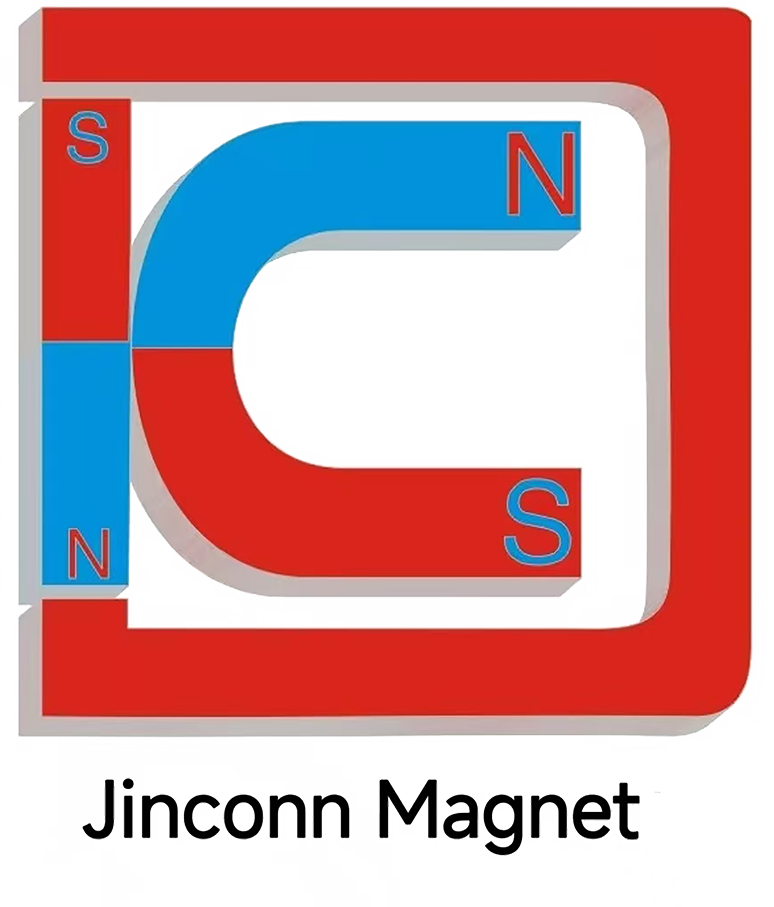Empowering Robotic Assembly and Inspection with Custom Magnet Solutions
Empowering Robotic Assembly and Inspection with Custom Magnet Solutions
The landscape of automated production is witnessing a major transformation as more manufacturers integrate advanced robotics and intelligent inspection systems into their assembly lines. Magnets, especially high-performance and rare earth permanent magnets, play a crucial role in this evolution by providing both strength and versatility in robotic operations. The ongoing demand for reliability and precision has driven significant innovation in magnet technology and its application in robotics.
One of the most significant developments is the use of neodymium iron boron magnets in robotic assembly and inspection processes. These magnets, renowned for their high magnetic energy product, enable robots to securely grasp, manipulate, and position components at high speeds without physical contact or risk of contamination. Their strong magnetic force is essential in repetitive pick-and-place tasks and the transportation of ferromagnetic materials, contributing to fewer errors and higher production consistency.
The flexibility offered by customizable magnet solutions cannot be overstated. Robotics engineers now work closely with magnet manufacturers to develop magnets with tailored shapes, polarities, and coatings, ensuring seamless integration into various robotic end-effectors and inspection tools. This customization allows the same robot to switch between tasks or adapt to new products with minimal downtime, increasing the flexibility and productivity of the automated line. The ability to specify the magnetic strength also enhances the handling of delicate or miniature parts, supporting the trend towards more intricate and compact products in fields such as electronics and medical device assembly.
High-performance magnets are not only about force—they also offer superior thermal and corrosion resistance, supporting the long-term reliability of robots in harsh industrial environments. Rare earth permanent magnets, especially those based on neodymium iron boron, provide the high magnetic energy product needed for both powerful gripping and precise release mechanisms. These properties help extend the working life of robotic tools and reduce maintenance needs.
Integrating strong magnets with intelligent inspection technologies further advances automation. By combining magnetic gripping systems with vision sensors and real-time data analytics, manufacturers achieve higher throughput, rapid defect detection, and improved quality control. Customized magnet solutions can be fine-tuned to work in harmony with specific sensors or camera systems, resulting in smarter, more autonomous production lines.
As robotics and smart inspection systems continue to evolve, high-performance and rare earth permanent magnets, along with customizable solutions, will remain at the forefront of innovation, shaping the future of automated manufacturing for years to come.




Jinconn WeChat









